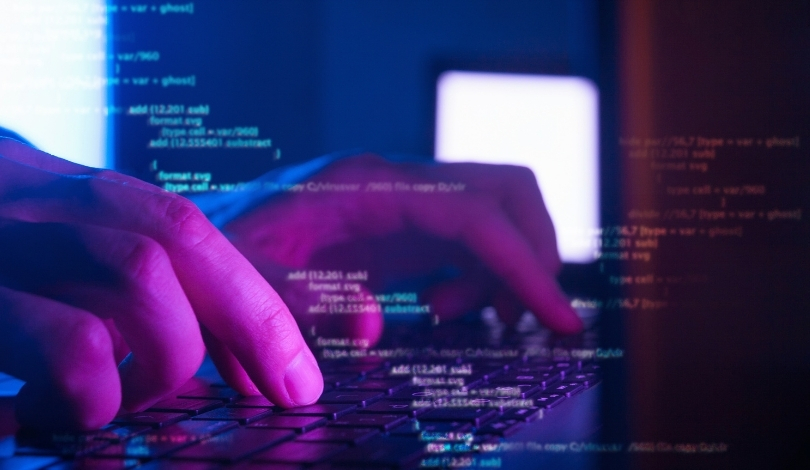The U.S. House Select Committee on the Chinese Communist Party has advocated for enhanced export controls targeting Chinese artificial intelligence companies, highlighting concerns over DeepSeek’s advancements. With the global AI landscape rapidly evolving, ensuring national security has become a paramount issue for U.S. policymakers. The committee’s findings reveal significant investments and strategic maneuvers by DeepSeek that could potentially undermine American technological and economic interests.
Earlier reports have indicated rising tensions between the U.S. and China over technological supremacy in AI. This latest investigation adds depth to previous concerns by detailing DeepSeek’s financial backing and technological capabilities, emphasizing the urgency for the U.S. to respond effectively to these developments.
How Does DeepSeek’s R1 Model Pose a Threat?
“With its direct ties to China’s security and surveillance infrastructure and its unchecked data collection practices, it can function as an open-source intelligence asset feeding American user data into an adversarial system,”
the report states. The R1 reasoning model, developed by DeepSeek, has been identified as a significant competitor in the AI sector, utilizing less processing power while delivering comparable or superior performance to U.S. models.
What Are DeepSeek’s Financial and Technological Backers?
DeepSeek is primarily funded by High-Flyer Quant, a quantitative trading firm that invested at least $420 million into the company. Additionally, DeepSeek benefits from access to High-Flyer Quant’s Firefly supercomputing infrastructure, which includes 10,000 NVIDIA A100 GPUs, potentially scaling up to 60,000 chips. This robust support underscores the strategic importance attributed to DeepSeek’s AI endeavors.
What Security Risks Are Associated with DeepSeek?
The committee’s report raises alarms over DeepSeek’s data practices, including the illegal distillation of training data from U.S. AI models and the circumvention of export controls on computer chips. Furthermore, the app collects extensive user data, which is transmitted to China Mobile, a telecom designated by the U.S. as a Chinese military company. An unnamed OpenAI executive noted, “DeepSeek employees circumvented guardrails in OpenAI’s models to extract reasoning outputs, which can be used in a technique known as ‘distillation’ to accelerate the development of advanced model reasoning capabilities at a lower cost.”
The integration of DeepSeek within China’s state-sponsored Hangzhou Chengxi Science and Technology Innovation Corridor further ties the company to strategic national initiatives, potentially amplifying the risks associated with its operations.
Strengthening export controls and expanding the Commerce Department’s resources are among the committee’s recommended measures to mitigate these threats. Preparing for scenarios where current constraints may fail is also emphasized, ensuring that the U.S. can respond swiftly to future technological advancements by rivals.
Addressing the vulnerabilities exposed by DeepSeek involves not only tightening regulations but also fostering greater oversight of technological developments. By understanding the depth of DeepSeek’s capabilities and strategic positions, policymakers can better safeguard national interests and maintain a competitive edge in the global AI arena.
- US House recommends stricter export controls on Chinese AI firms.
- DeepSeek’s R1 model threatens US data security.
- Enhanced oversight needed to counter advanced Chinese AI technologies.










